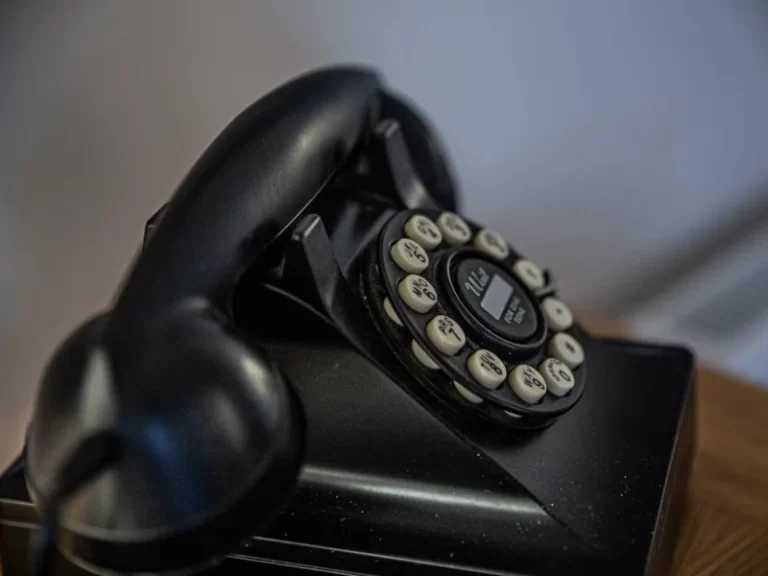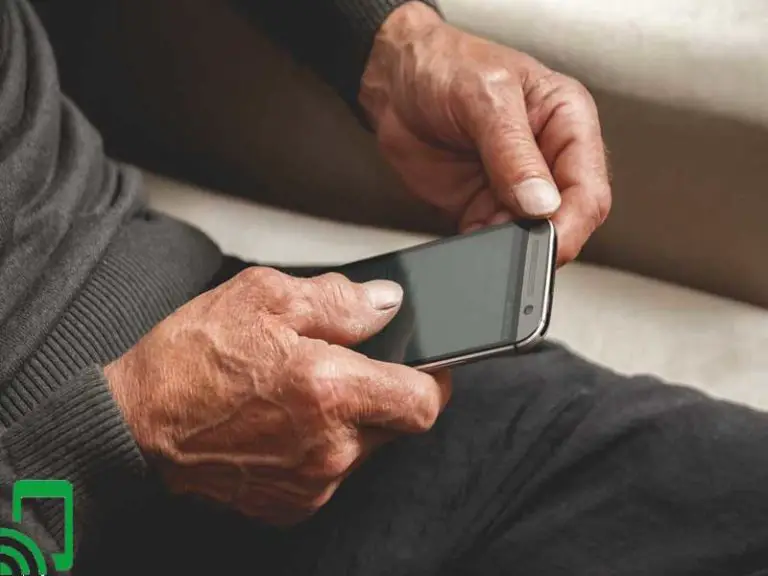How to Get Better WiFi Signal From Neighbor: 8 SMART TIPS!
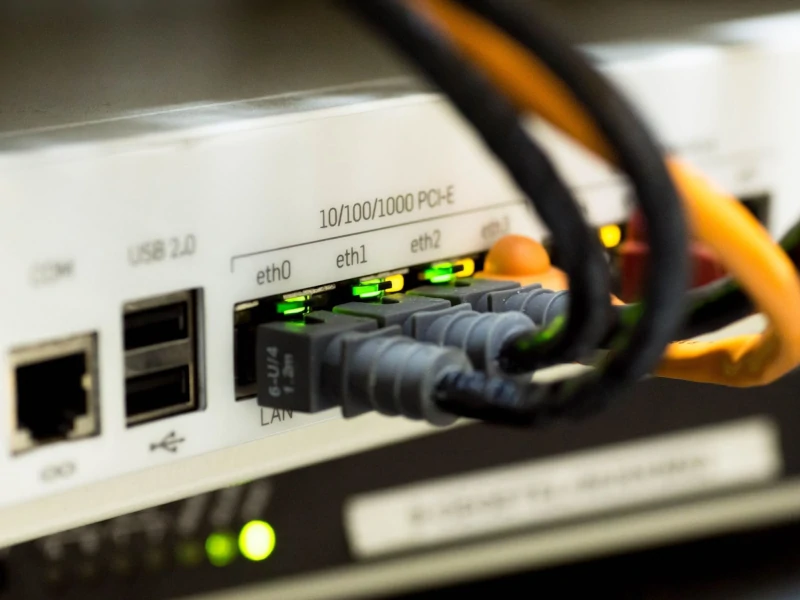
In this digital era, being connected to the internet is one of the most necessary things for an individual, and not just any connection will do.
Reliable, high-speed internet is important to get the most out of online work, streaming, gaming, VOIP phones, and other online activities.
If your wifi connection stops working, and you have some urgent online work, the only quick and practical solution you have is to make use of your neighbor’s WiFi (with permission of course) and get back to work.
How to get better wifi signal from neighbor routers is worth knowing if you’re in a pinch.
You may find though that getting a good WiFi signal from your neighbor is not an easy task.
Explained below are all the steps you can take to ensure you get the best quality WiFi signal from your neighbor.
How to Get Better Wifi Signal from a Neighbor Router?
You can get better wifi signal from neighbor by decreasing the distance to their router, installing an extender or repeater, reducing connected devices, removing obstructions, and using an ethernet cable.
1. Decrease Distance to the Neighbor’s Router
As an example, you might get a weak WiFi signal in your living room and the best signals in your kitchen. The strength of the signal may decrease as you move further (out of the kitchen).
The obvious step you can take to increase connectivity is to bring your laptop or device to the kitchen and work from there.
You can also request your neighbor to shift their router to the room closest to your home or a place closest to your workstation so you can have a speedy and consistent connection.
2. Install a Repeater or Extender
A more practical step to enjoy your neighbor’s wireless connection is to simply buy a repeater or WiFi extender. Such a device is basically a wireless range extender.
A WiFi repeater or extender will catch a wireless signal from a wireless router and relay it further, simply meaning that your neighbor’s WiFi connection will reach more places in your house easily with a stronger signal.
Again, make sure you have your neighbor’s permission before connecting to their WiFi internet connection. Knowing how to get better wifi signal from neighbor is worthless without permission and a password.
3. Reduce the Number of Connected Devices

Sometimes the WiFi signal from your neighbor’s device or wireless network is strong, but you observe that you are unable to get a fast speed. Ensure that you haven’t connected several devices at the same time.
More devices will mean a slower average speed for all of them. When sharing with a neighbor, there are twice as many devices on the WiFi connection, slowing the data speed for all of them.
Disconnect the extra devices that you don’t currently need, and enjoy a faster speed.
Do you need to connect your laptop and mobile phone to the internet simultaneously? If not, then disconnect the idle device.
4. Remove Unnecessary Obstructions
Many devices and structures can interfere with internet signals. Remove or circumvent unnecessary objects or sources of interference that might disturb the smooth flow of signals.
Some everyday things that can cause WiFi obstruction include:
- Brick walls
- Bluetooth devices
- 2.4 GHz cordless telephones
- Wireless baby monitors
- Home assistants like Alexa or Siri
- Automatic garage openers
- Other wireless networks in the area
You can bypass most physical structures by placing the router on the top of the cabinet or any other elevated position.
5. Optimize the WiFi Channel
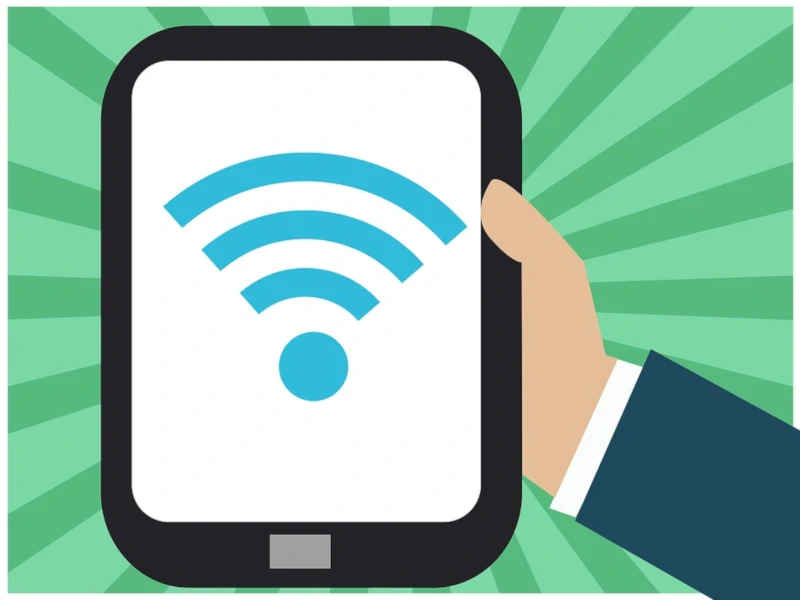
Most WiFi devices use a 2.4GHz frequency, and within the 2.4 GHz frequency, there are 11 channels you could potentially use.
If there are many WiFi devices in your area using the same channel, then these signals can interfere with each other leading to weaker WiFi signals.
Try switching to a channel that has lower traffic (if there’s an immediate increase in your WiFi speed, then there’s your proof), or use channels 1, 6, or 11. These are the only non-overlapping channels in the 2.4 GHz band.
If this procedure seems complex, you can always switch the frequency and channel selection to automatic. The router will automatically work on the fastest, least-congested frequency.
6. Use an Ethernet Cable
Wireless options are not always the best and most economical. All routers have an option to connect an ethernet cable (also known as an access point mode).
This will provide better speed than wireless options because the wire skips the problem of interfering frequencies from other devices.
You can directly connect an ethernet cable from your neighbor’s modem to your own router or PC. This obviously involves the use of cables to enable internet service and may not be practical.
However, if you have the ability to connect by ethernet, it will provide the strongest, most reliable connection possible.
7. Update to the Latest Wifi Adapter Drivers
A device manufacturer will always look to provide the best connection experience for anybody purchasing their device. Hence, they introduce new and updated drivers whenever they find better solutions to a problem.
On your end, it makes sense to update WiFi drivers when they are available. Older versions may not provide optimal results and the WiFi speeds may be slower.
8. Optimize the Antenna Placement
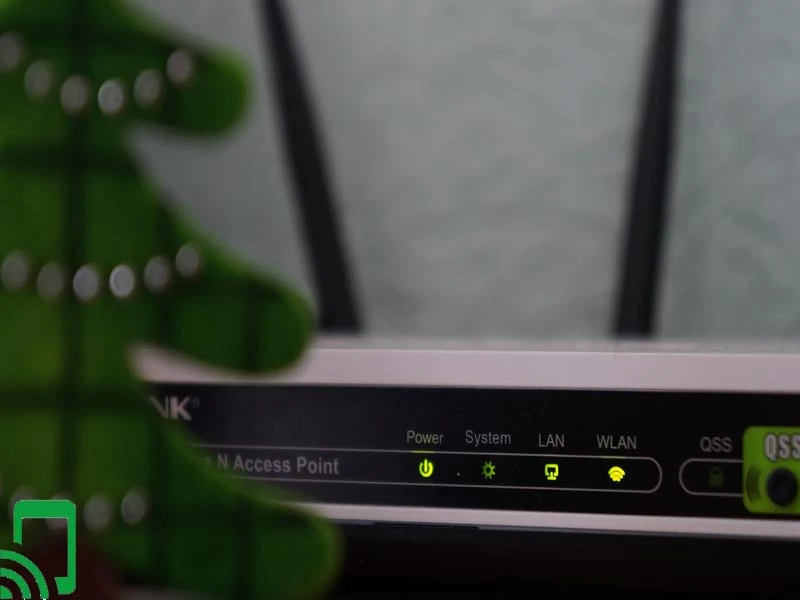
Antennas on a router can be annoying, but they are essential for maximum speed and signal strength.
Putting all the antennas vertically perpendicular to the router might seem sensible. However, this is not the best position to keep them in.
For 2.4 GHz routers, keep one antenna horizontally and the other one vertically. When observed, it will look like an L-shape.
In the case of a 5 GHz router, antennas should be placed at a 45° angle or flat for the best WiFi signal and speed.
Furthermore, you can install external antennas along with internal antennas to maximize the function.
Is It Legal to Use a Neighbor’s Wifi Without Permission?
It is a gray area concerning the legality of using your neighbor’s wifi without their knowledge according to federal law.
The Computer Fraud and Abuse Act could be used to make a legal case against you.
There’s no law specifically prohibiting it, but in some states including California, Florida, and Michigan, it may be considered a criminal offense.
We know how to get better wifi signal from neighbors, but it is not ethical to steal service, so your best bet is to ask your neighbor permission to use his WiFi.
It is vital to keep your WiFi password secured so that others cannot obtain access to your computers and devices through your router.
Is It Safe to Use My Neighbor’s Wifi?
In most cases, it is completely safe to use your neighbor’s wifi. If they give you permission and a password, your information is as secure as theirs.
If they give you a guest password they can keep the devices separate.
The exception is if someone has hacked your neighbor’s connection, then your devices will also be subjected to the same malicious theft of sensitive information stored on a PC or other devices.

